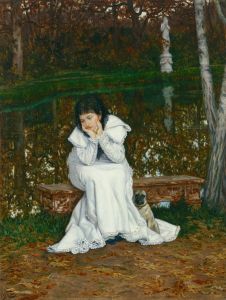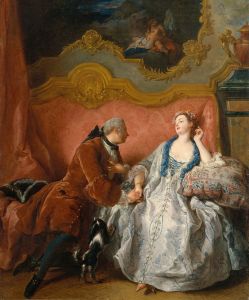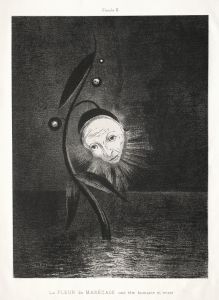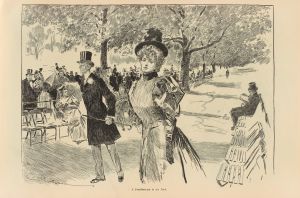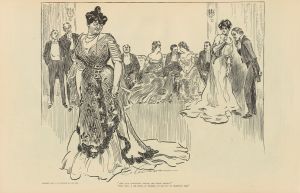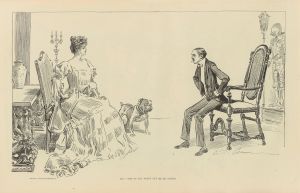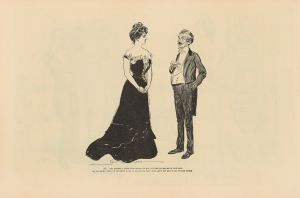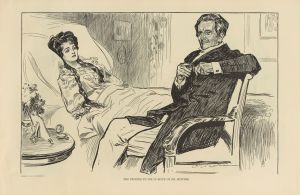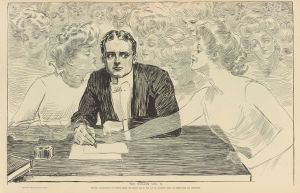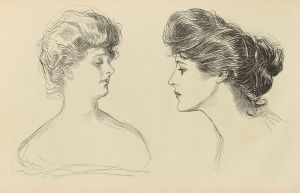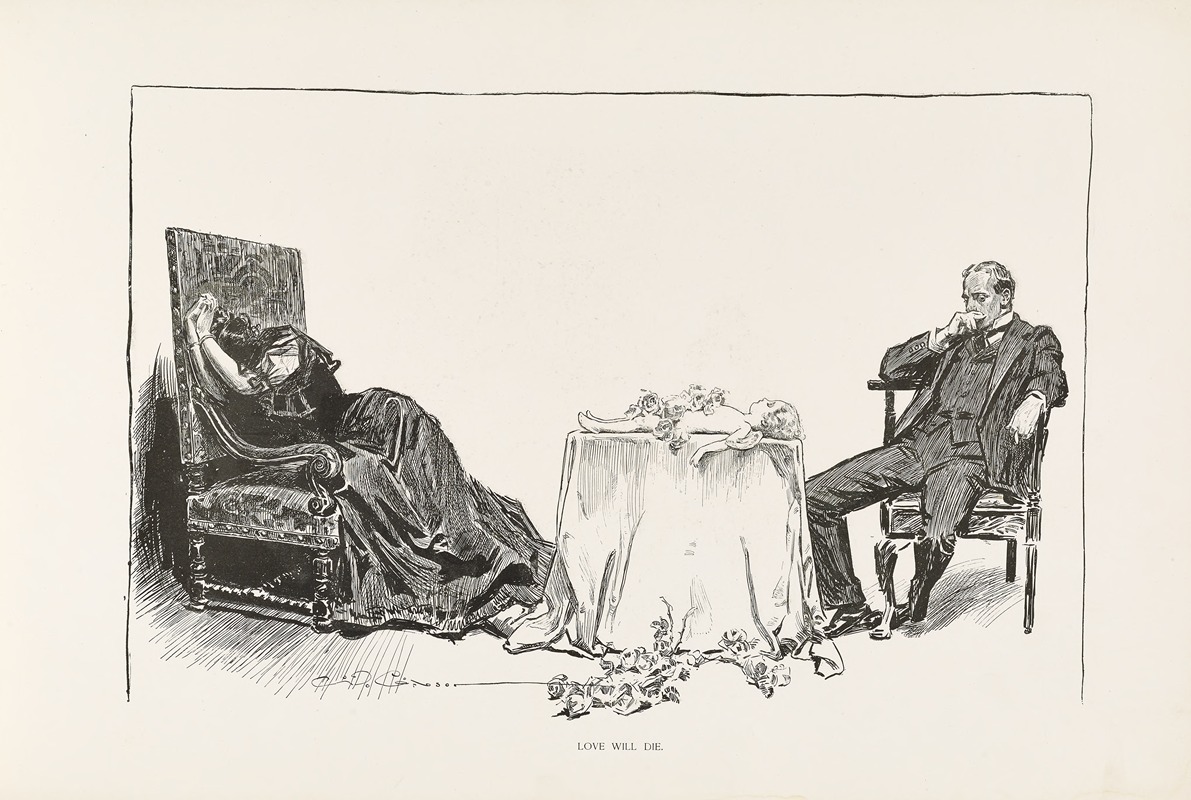
Love will die
A hand-painted replica of Charles Dana Gibson’s masterpiece Love will die, meticulously crafted by professional artists to capture the true essence of the original. Each piece is created with museum-quality canvas and rare mineral pigments, carefully painted by experienced artists with delicate brushstrokes and rich, layered colors to perfectly recreate the texture of the original artwork. Unlike machine-printed reproductions, this hand-painted version brings the painting to life, infused with the artist’s emotions and skill in every stroke. Whether for personal collection or home decoration, it instantly elevates the artistic atmosphere of any space.
Charles Dana Gibson was an influential American illustrator, best known for his creation of the "Gibson Girl," a representation of the idealized American woman at the turn of the 20th century. His work was widely published in magazines such as Life, Harper's Weekly, and Scribner's, and he became one of the most celebrated illustrators of his time. Among his many works, "Love will die" stands out as a notable piece, although specific details about this particular illustration are not as widely documented as some of his other works.
"Love will die" is an illustration that reflects Gibson's characteristic style, which often combined elements of satire, romance, and social commentary. His illustrations typically featured elegant line work and a keen eye for detail, capturing the nuances of human expression and the subtleties of social interactions. While the exact date of creation for "Love will die" is not well-documented, it likely falls within the period of Gibson's most prolific output, roughly between the 1890s and the early 1900s.
Gibson's illustrations often explored themes of love, relationships, and societal expectations, and "Love will die" is presumed to be no exception. The title itself suggests a contemplation on the transient nature of love, a theme that resonates with the broader cultural and social shifts of the time. During this era, traditional notions of romance and marriage were being questioned and redefined, influenced by changing gender roles and the rise of the New Woman—a concept that Gibson himself helped popularize through his Gibson Girl illustrations.
The Gibson Girl was characterized by her independence, confidence, and beauty, often depicted in fashionable attire and engaging in various activities that were considered modern and progressive for women of that time. While "Love will die" may not directly feature a Gibson Girl, the thematic exploration of love and its potential demise could be seen as a reflection of the evolving dynamics between men and women during the late 19th and early 20th centuries.
Gibson's work, including "Love will die," was instrumental in shaping public perceptions of gender and relationships. His illustrations were not just artistic expressions but also cultural commentaries that captured the zeitgeist of an era marked by significant social change. Although specific details about "Love will die" are limited, its existence within Gibson's oeuvre underscores his enduring impact on American art and society.
In summary, while detailed information about "Love will die" is scarce, it remains a part of Charles Dana Gibson's legacy as a pioneering illustrator whose work continues to be studied and appreciated for its artistic merit and cultural significance.





